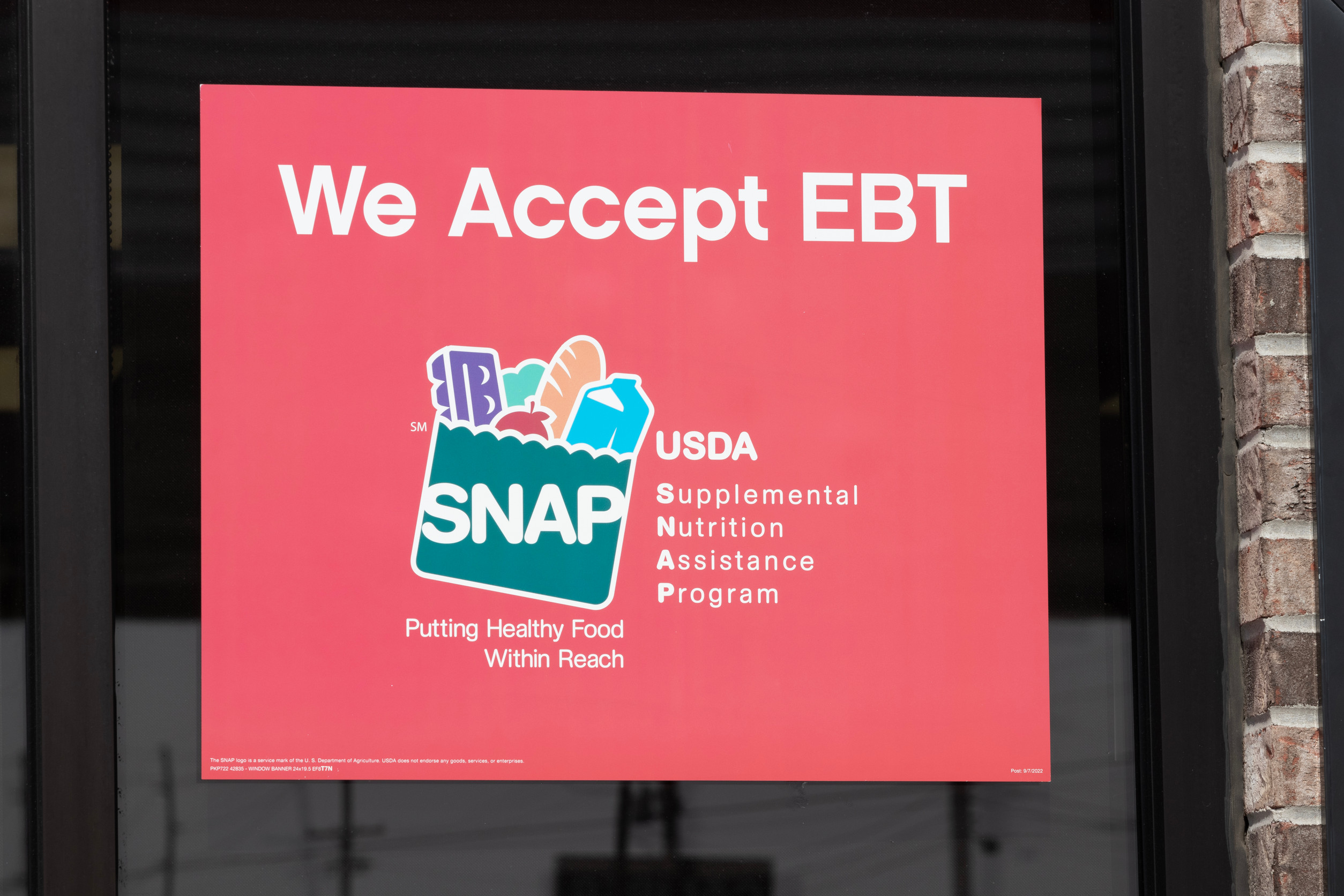As the cost of living rises and access to affordable meals becomes harder for many families, a heated question is gaining attention: Should Electronic Benefit Transfer (EBT) cards be accepted at fast food restaurants? Some states already allow it in limited forms, like California’s Restaurant Meals Program, but nationwide adoption remains controversial. Supporters argue it’s a matter of dignity and accessibility. Critics fear it opens the door to unhealthy eating habits on the government’s dime. No matter where you stand, the discussion around EBT and fast food is stirring serious debate about food justice, public health, and economic policy.
1. Not Everyone on EBT Has Access to a Kitchen
One of the biggest arguments for allowing EBT at fast food restaurants is a practical one: not every recipient has access to a working kitchen. Many individuals on SNAP (Supplemental Nutrition Assistance Program), including the elderly, disabled, or unhoused, don’t have the tools to cook a hot meal. When you can’t refrigerate food, store ingredients, or use a stove, fast food becomes one of the only reliable options. Critics often assume everyone on EBT can cook at home, but that’s not always the case. For people without resources, fast food may be the only way to eat something warm and filling.
2. It’s a Dignity Issue for Struggling Americans

Image Source: 123rf.com
Supporters of expanding EBT and fast food access often say it’s about dignity as much as it is about hunger. Telling people they can’t use their benefits to get a quick meal like anyone else can feel demeaning. In a society where fast food is widely accepted, why should low-income individuals be excluded from the same conveniences? People living in poverty already face a mountain of judgment; limiting their food options only adds to the stigma. Allowing fast food purchases could provide not just calories, but a sense of normalcy and autonomy.
3. Critics Worry About Public Health Consequences
On the flip side, opponents argue that allowing EBT at fast food chains contradicts the government’s push for better nutrition. Many fast food items are high in sodium, sugar, and unhealthy fats—ingredients that contribute to obesity, diabetes, and heart disease. If taxpayer dollars are meant to support health and wellness, should they fund a diet of burgers and fries? Public health experts warn that this move could worsen long-term health issues among vulnerable populations. The concern isn’t just about money—it’s about outcomes.
4. Fast Food Chains Could Exploit the System
Another concern is how fast food corporations might respond if given access to billions in public benefits. Critics fear chains would aggressively target low-income communities with marketing and meal deals designed to maximize EBT profits. This could increase fast food consumption in areas already flooded with unhealthy options and few grocery stores. Instead of solving food insecurity, the shift could deepen nutritional inequality. Once major chains are allowed in, it’s hard to regulate how far they’ll go.
5. Some States Are Already Testing the Idea
Several states have already rolled out programs allowing limited EBT use at restaurants, particularly for elderly, disabled, or homeless participants. California’s Restaurant Meals Program, for example, partners with select fast food chains like Subway, Taco Bell, and Popeyes to offer discounted, approved meals. While not perfect, these pilot programs provide a glimpse of what expanded EBT and fast food access could look like. They also create a framework for oversight and accountability, which could help ease nationwide concerns. These state-level experiments could pave the way for smarter policy.
6. Fast Food Doesn’t Always Mean Junk Food Anymore
Fast food has evolved. Many chains now offer healthier menu items, including salads, grilled proteins, and lower-calorie options. Allowing EBT access doesn’t mean people will automatically choose the unhealthiest thing on the menu. With proper education and program restrictions, recipients could be encouraged to make smarter choices. If the menu includes better options, should we judge where the meal comes from—or just ensure it’s nutritious?
7. Technology Could Help Track and Manage Purchases

Image Source: 123rf.com
With modern digital tracking, EBT purchases can be easily categorized and monitored. Policymakers could limit which fast food meals qualify, capping spending or excluding high-fat, high-calorie items. This isn’t a free-for-all—it’s a programmable system with built-in flexibility. Technology allows for nuance, not just a blanket yes or no. With the right tools, we can ensure the program serves both convenience and health.
8. At Its Core, Hunger Is the Real Emergency
While the debate rages about policy, nutrition, and government spending, one thing remains clear: hunger is urgent. When someone’s stomach is empty, the last thing they need is a lecture about saturated fat. EBT and fast food may not be a perfect solution, but they could be a lifeline for those in desperate need. Food security shouldn’t be conditional on access to a stove or the right zip code. For many, having any hot meal is a major win.
Food Choice or Food Control?
The real question behind the EBT and fast food debate is this: should we trust low-income individuals to make their own food choices—or should the system control how and where they eat? While both sides make valid points, this issue is about more than burgers and fries. It’s about equity, access, and how we view people living in poverty. As the conversation continues, one thing’s certain: food policy needs to keep evolving with empathy, not just regulation.
What’s your take—should EBT be allowed at fast food restaurants, or does it send the wrong message? Join the conversation in the comments below.
Read More
SNAP EBT Perks: Free Museum Access, Discounts on Prime, and More
Should SNAP Benefits Cover Soda and Junk Food? Here’s What People Think


